Featured Images
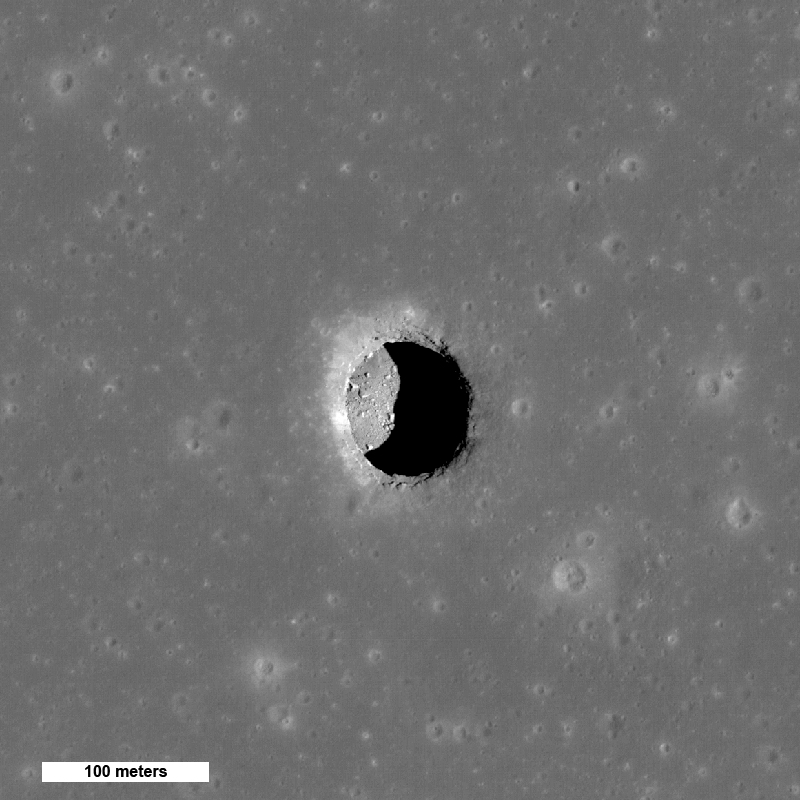
New Views of Lunar Pits
Spectacular high Sun view of the Mare Tranquillitatis pit crater revealing boulders on an otherwise smooth floor. Image is 400 meters wide, north is up, NAC M126710873R [NASA/GSFC/Arizona State University].
Published on 14 Sep 2010
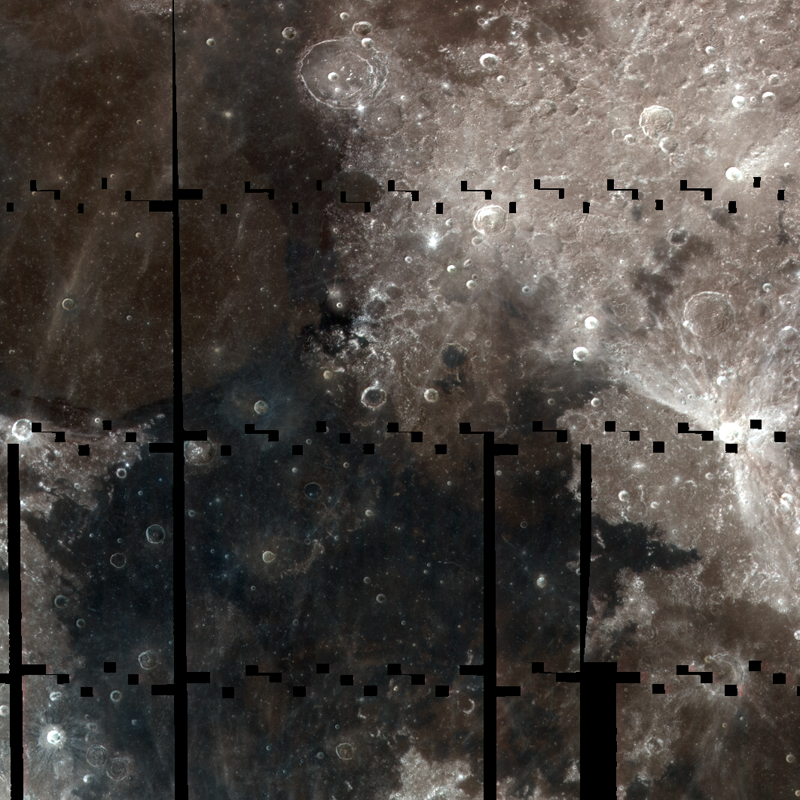
Color of the Moon
The LROC WAC is busily mapping the Moon in 7 UV and visible wavelengths (320 nm through 689 nm). This color composite shows 320 nm light in blue, 415 nm in green and 689 nm in red, scene is ~1000 km wide [NASA/GSFC/Arizona State...
Published on 10 Sep 2010
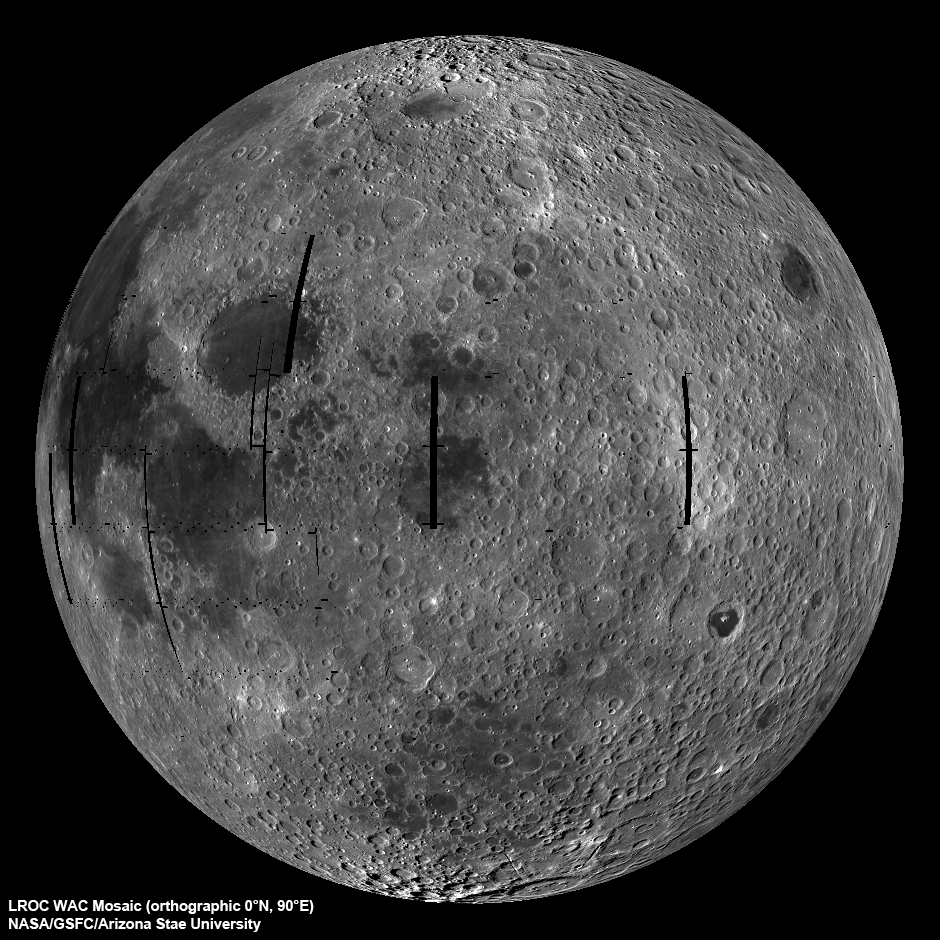
Moon Seen From the East
LROC Wide Angle Camera (WAC) view of the Moon seen from 90° east longitude. Half the nearside is visible to the left, and half the farside to the right [NASA/GSFC/Arizona State University].
Published on 08 Sep 2010
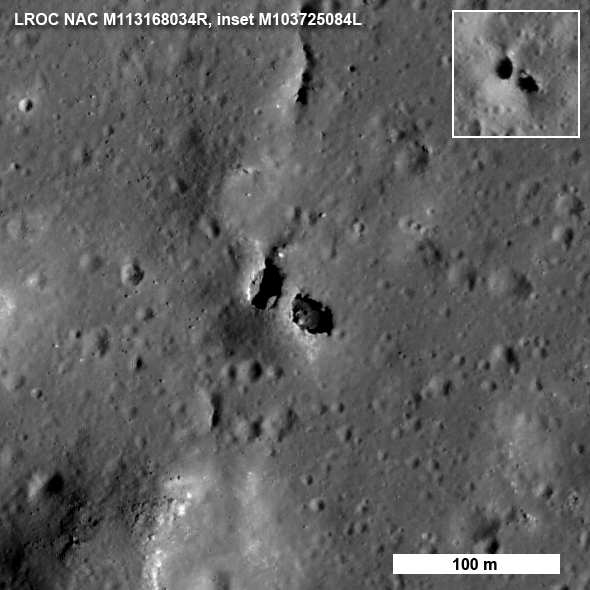
Natural Bridge on the Moon!
Another amazing bit of lunar geology revealed by LROC! NAC M113168034R, north is up [NASA/GSFC/Arizona State University].
Published on 07 Sep 2010
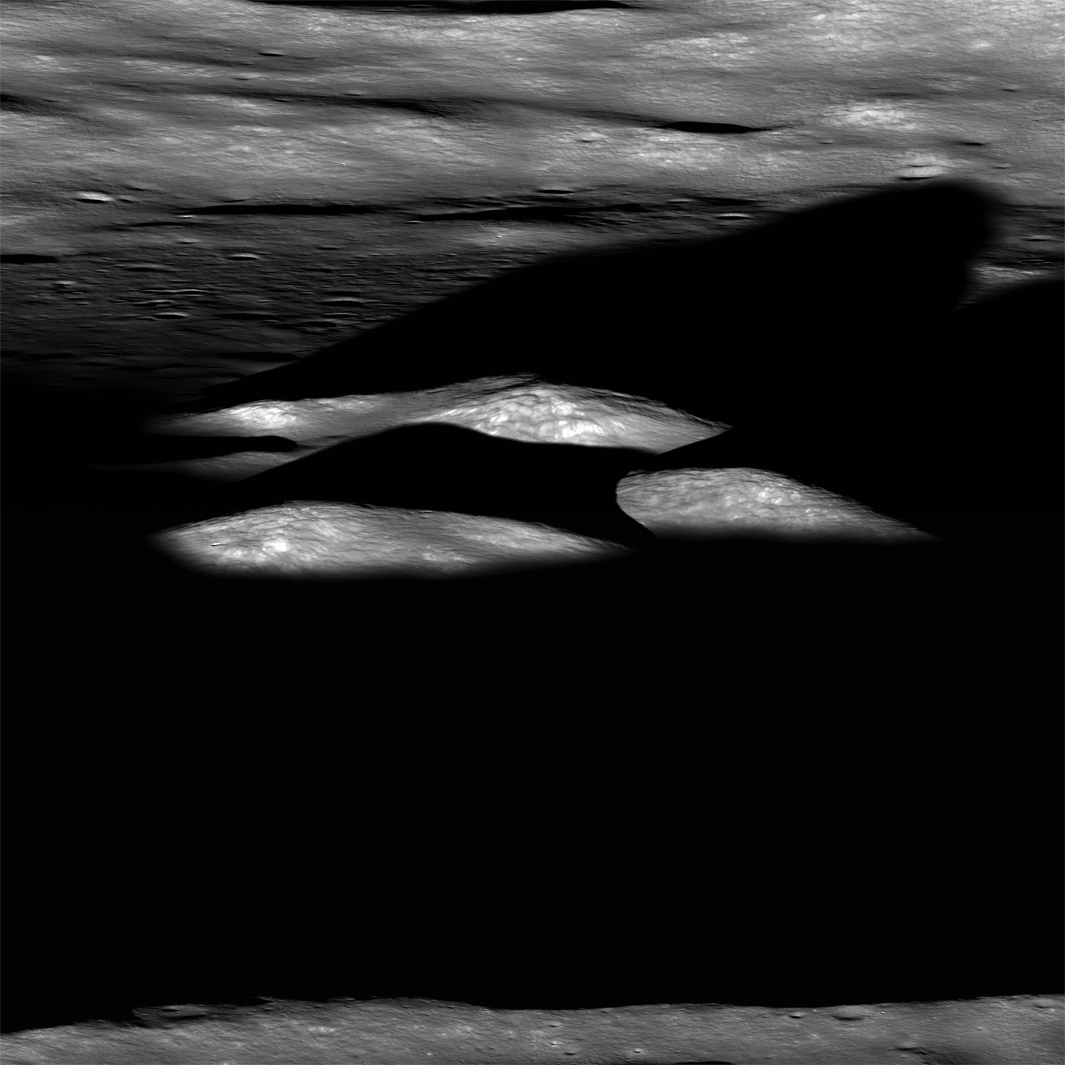
Bhabha sinks into the shadows
Last rays striking central peak of Bhabha crater just before sunset. View from the west looking east; image M133982125 [NASA/GSFC/Arizina State University].
Published on 21 Jul 2010
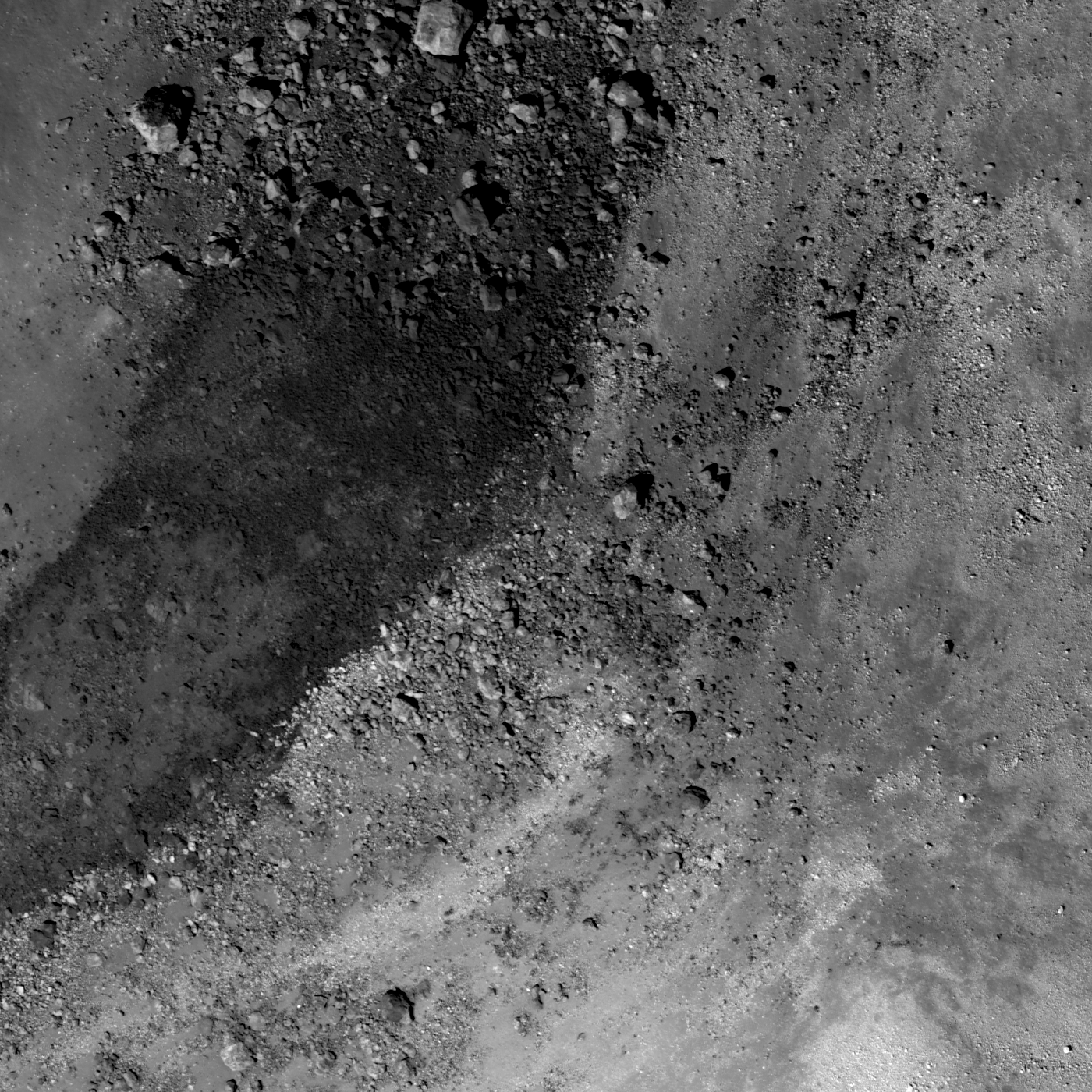
Up from the depths
Close up view of the central peak of Aristarchus crater, 700 meters wide, NAC M122523410 [NASA/GSFC/Arizona State University].
Published on 19 Jul 2010
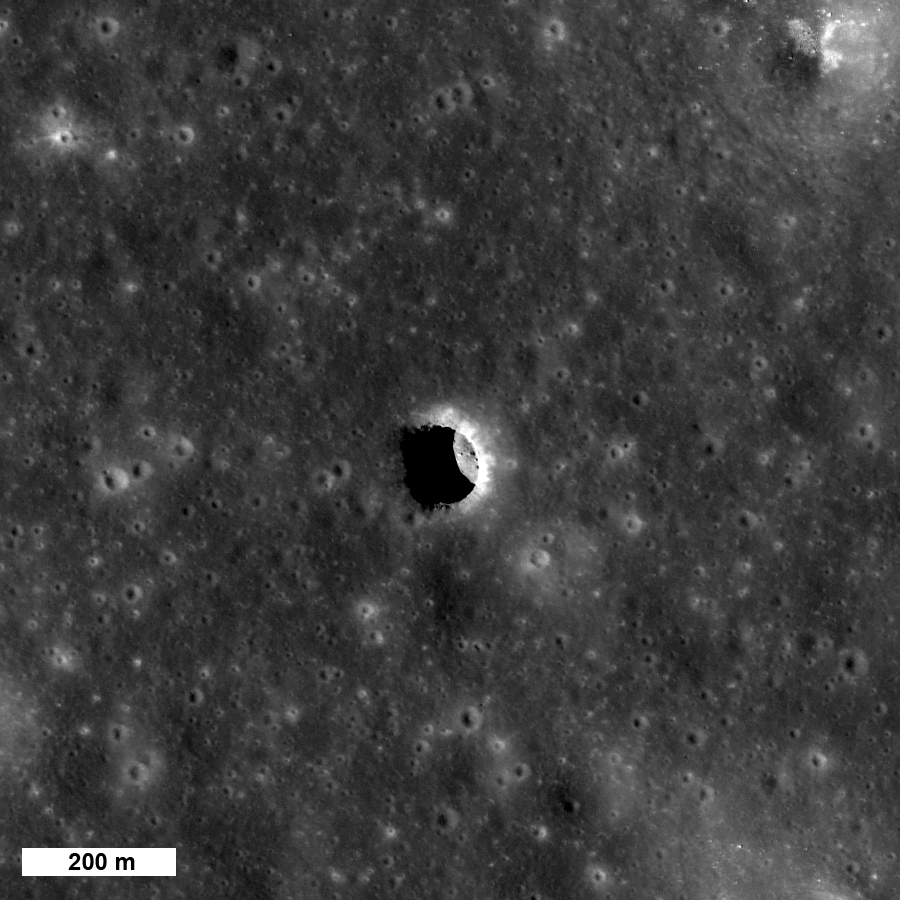
How Common are Mare Pit Craters?
One of three large pit craters so far found on the Moon -- do these pits provide access to open lava tubes? Image is 1170 meters wide, LROC NAC M106662246R [NASA/GSFC/Arizona State University].
Published on 14 Jul 2010
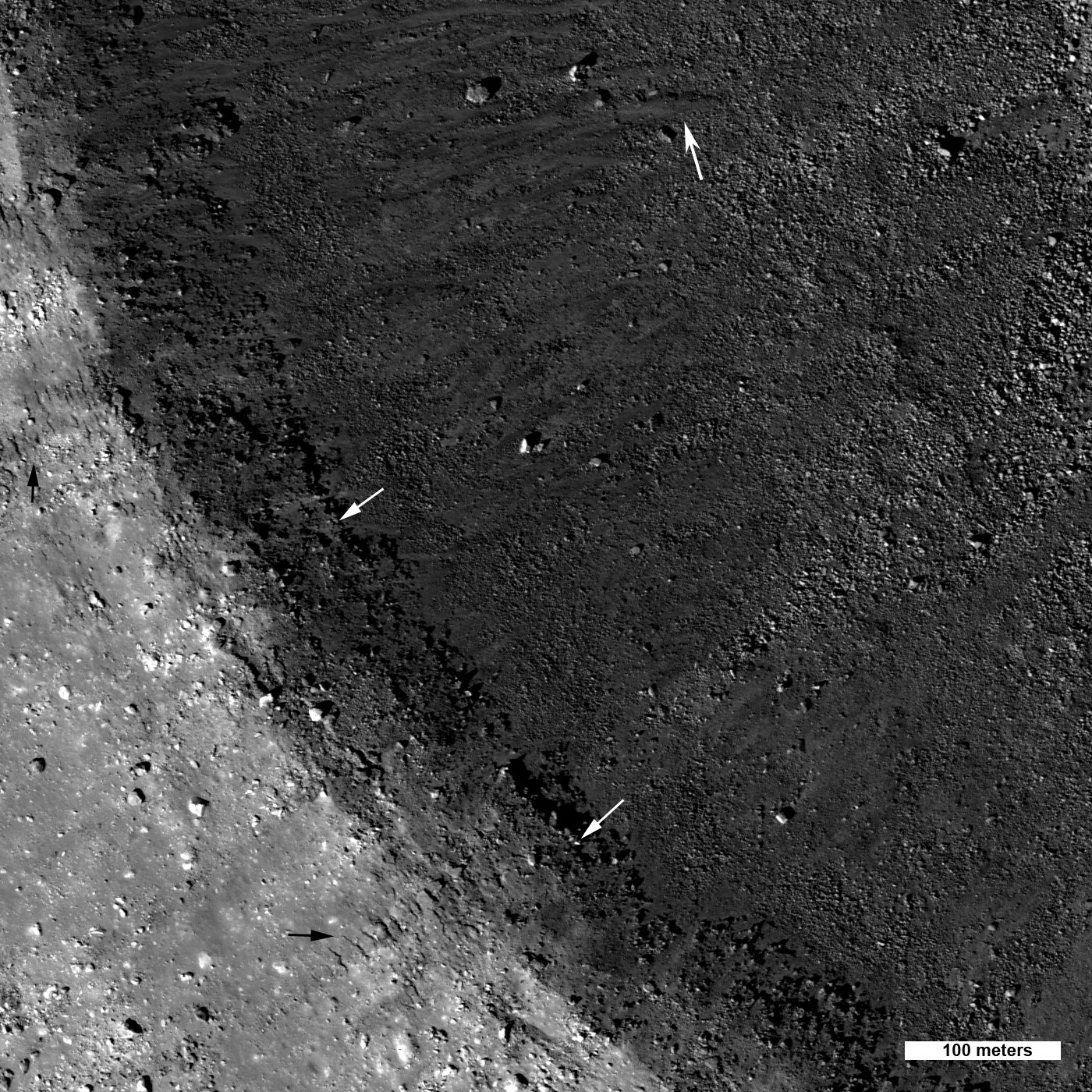
Linné Crater
Linné crater (2.2 km diameter) is a beautifully preserved young mare crater. Small white arrows indicate layering preserved just below the rim; these rock outcrops probably represent discrete lava flow deposits [NASA/GSFC/Arizona State...
Published on 06 Jul 2010
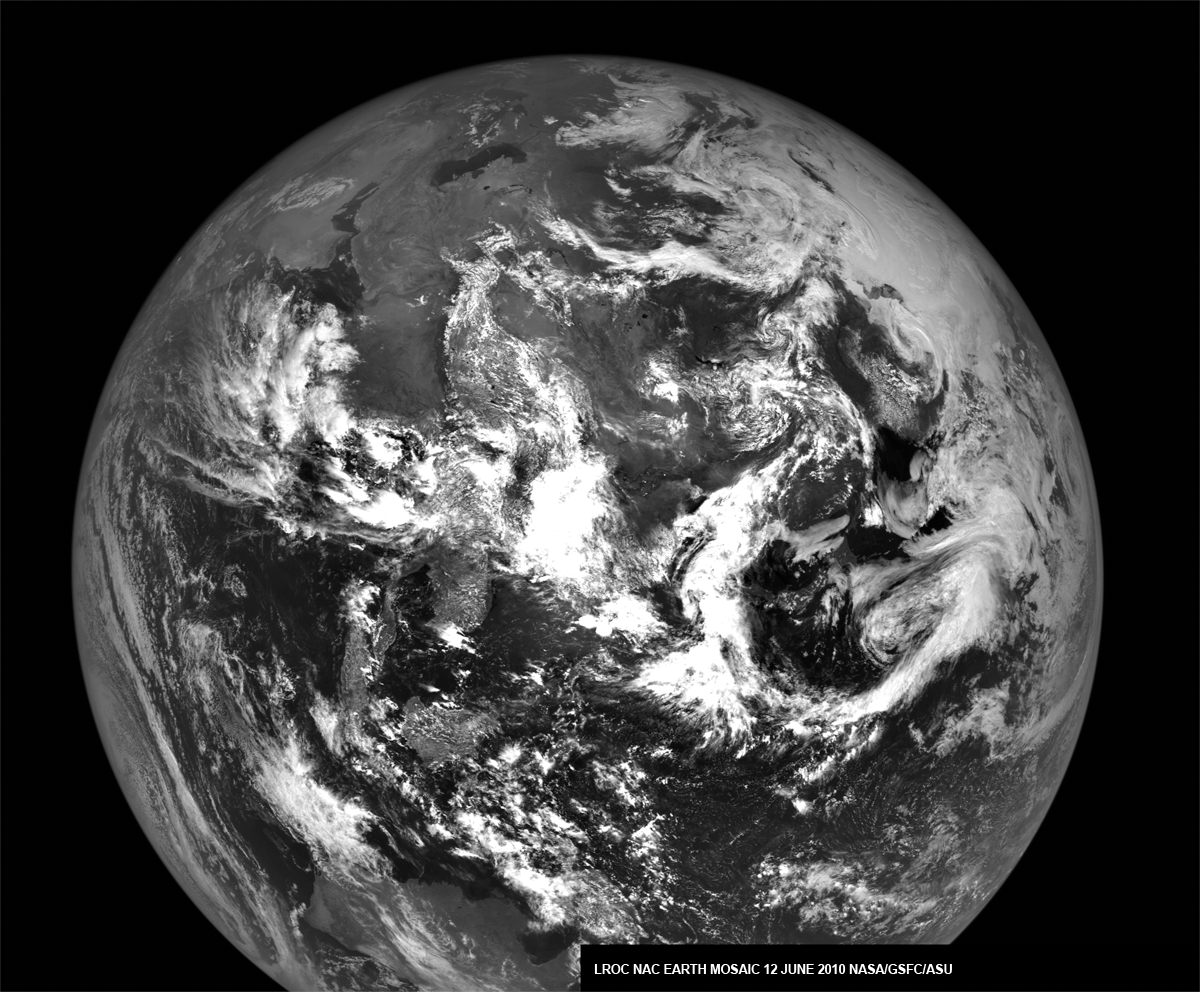
The Earth from the Moon
The Earth as seen from the Moon! LROC NAC mosaic of images snapped on 12 June 2010 during a calibration sequence, E130954785L and E130954785R [NASA / GSFC / Arizona State University].
Published on 24 Jun 2010
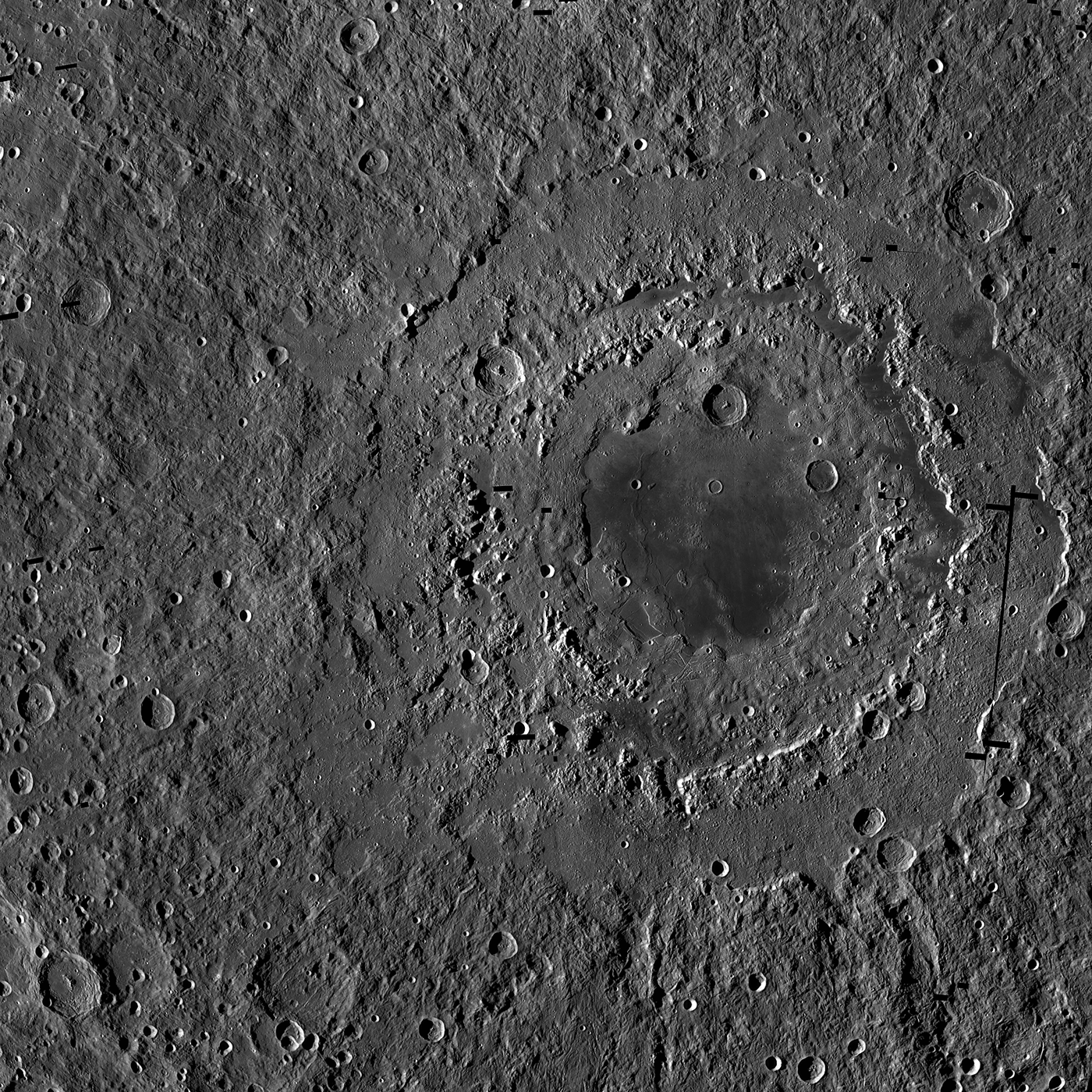
Orientale Basin
The Orientale basin is the youngest of the large lunar basins. The distinct outer ring is about 950 km from east-to-west, the full width of the LROC WAC mosaic is 1350 km [NASA/GSFC/Arizona State University].
Published on 17 Jun 2010
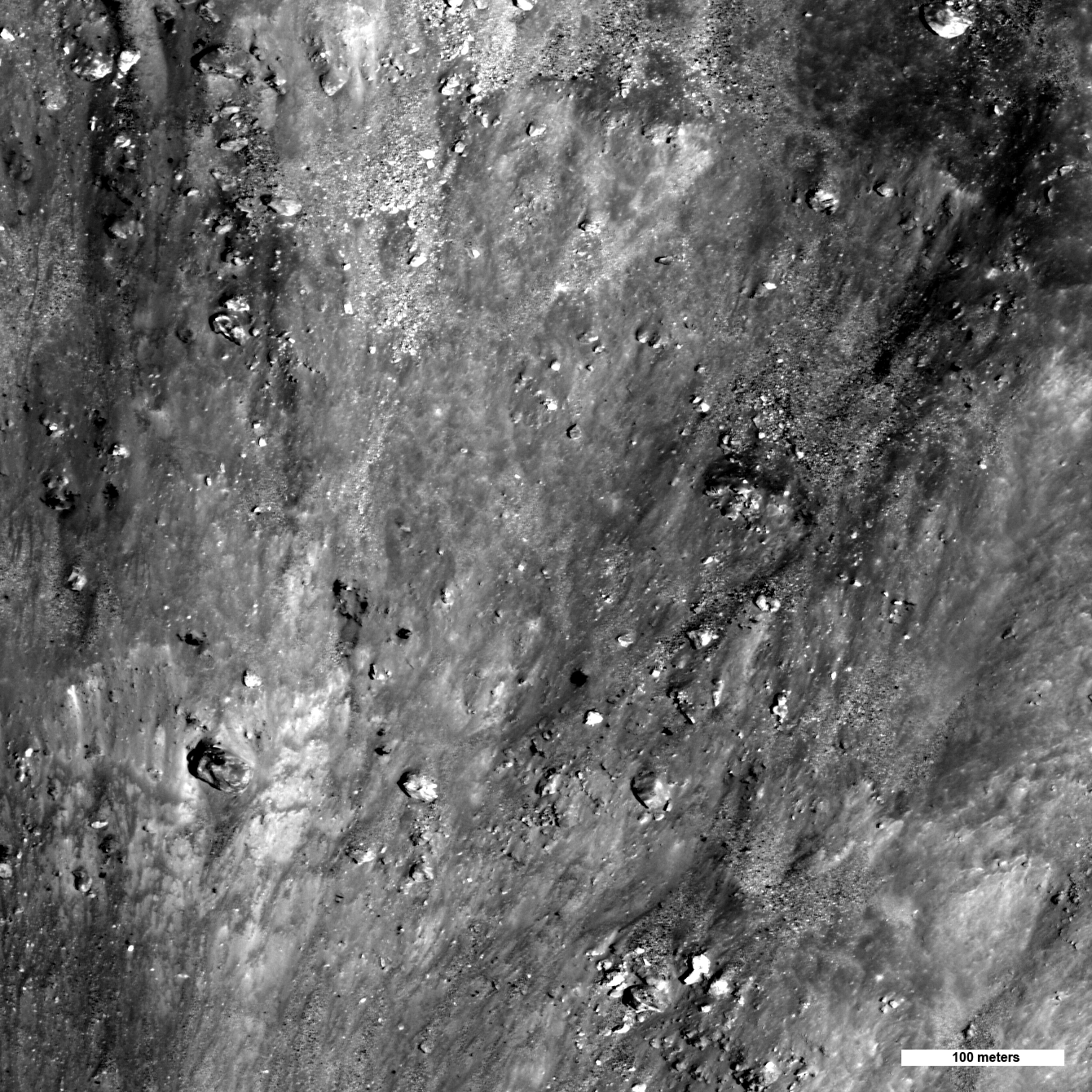
In an instant!
Boulders and impact melt on the interior wall of a recent 5 km (3 mile) diameter crater. The rim of the crater is near the top of the image, downhill is towards the bottom of the image [NASA/GSFC/Arizona State University].
Published on 12 May 2010
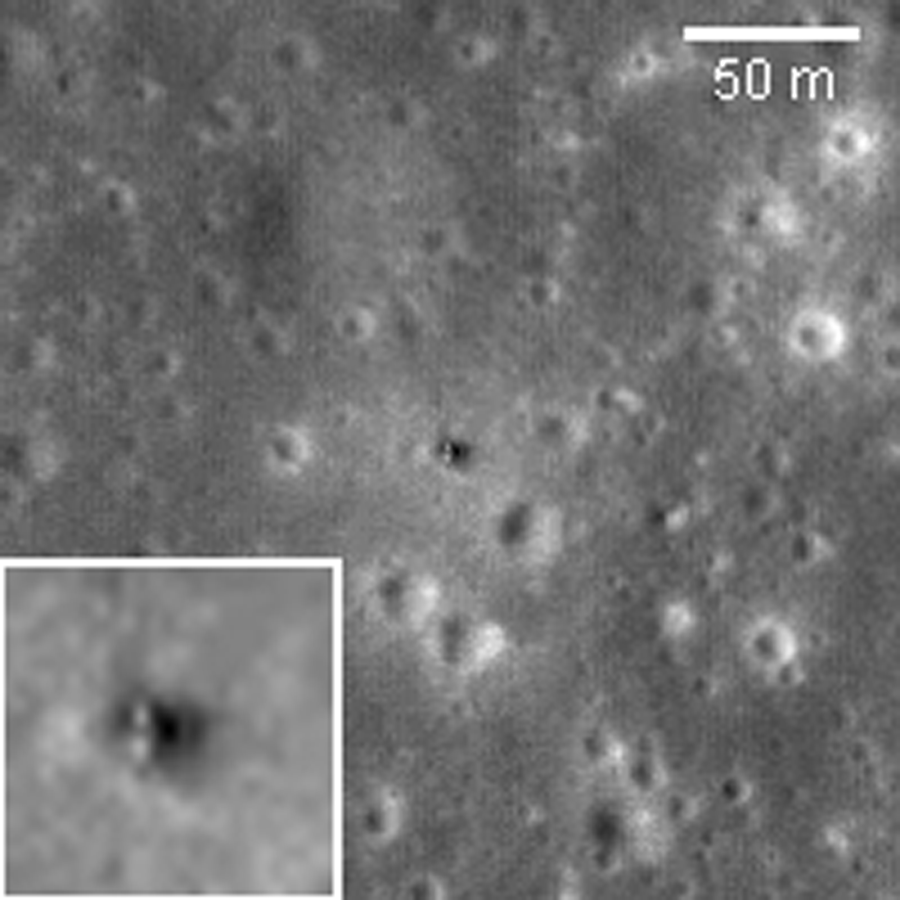
Luna 16
Soviet Luna 16 descent stage -- the first successful robotic lunar sample return spacecraft (NASA/GSFC/Arizona State University).
Published on 25 Mar 2010
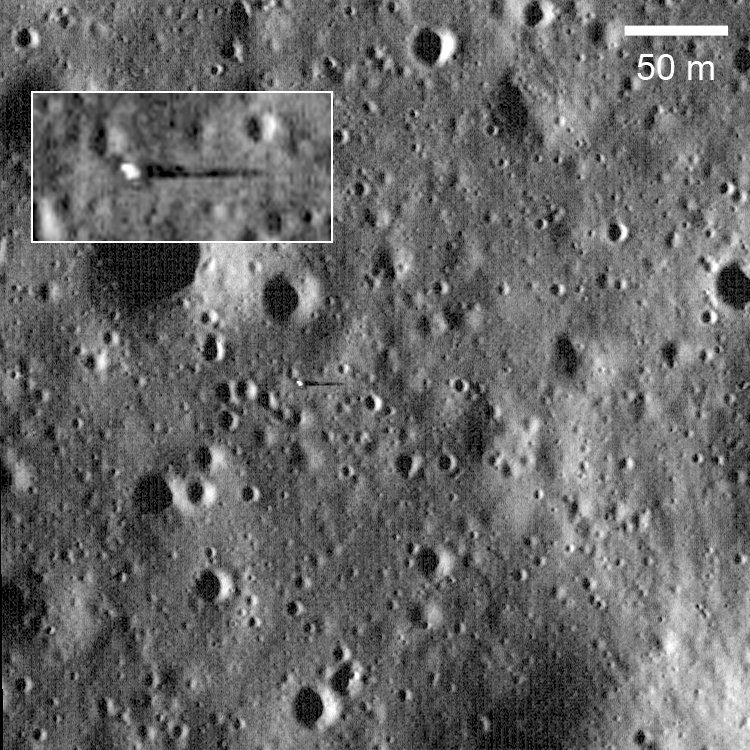
Surveyor 6 on the plains of Sinus Medii
Surveyor 6 casting 18-meter long shadow with Sun just 8° above the horizon, LROC NAC image M117501284L [NASA/GSFC/Arizona State University].
Published on 21 Mar 2010
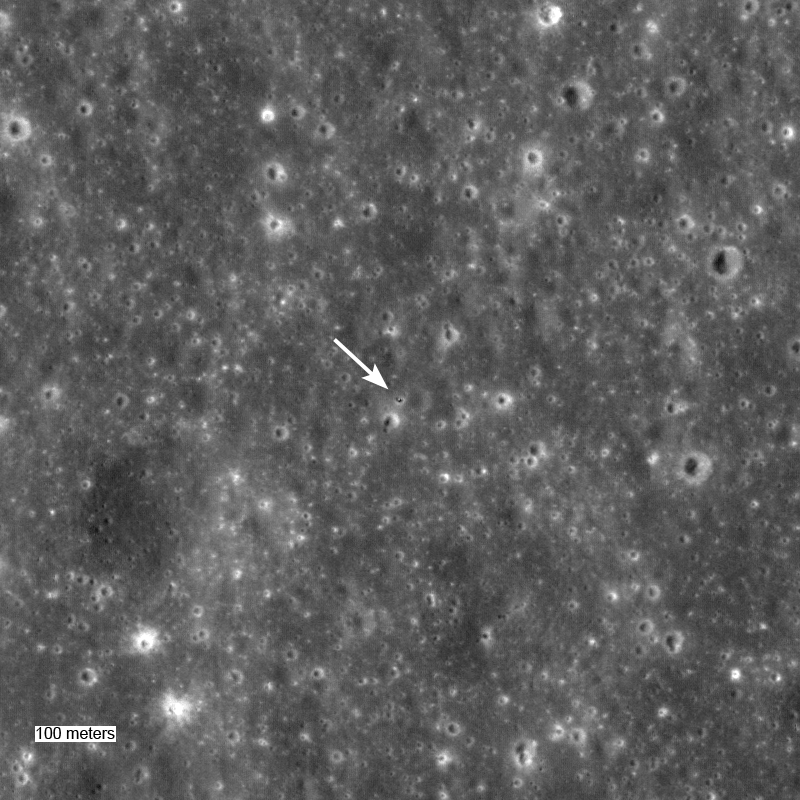
Surveyor 5: A hole-in-one
Surveyor 5 sitting in a 10 meter diameter crater, LROC NAC image M106726943LE, width ~960 meters [NASA/GSFC/Arizona State University].
Published on 21 Mar 2010
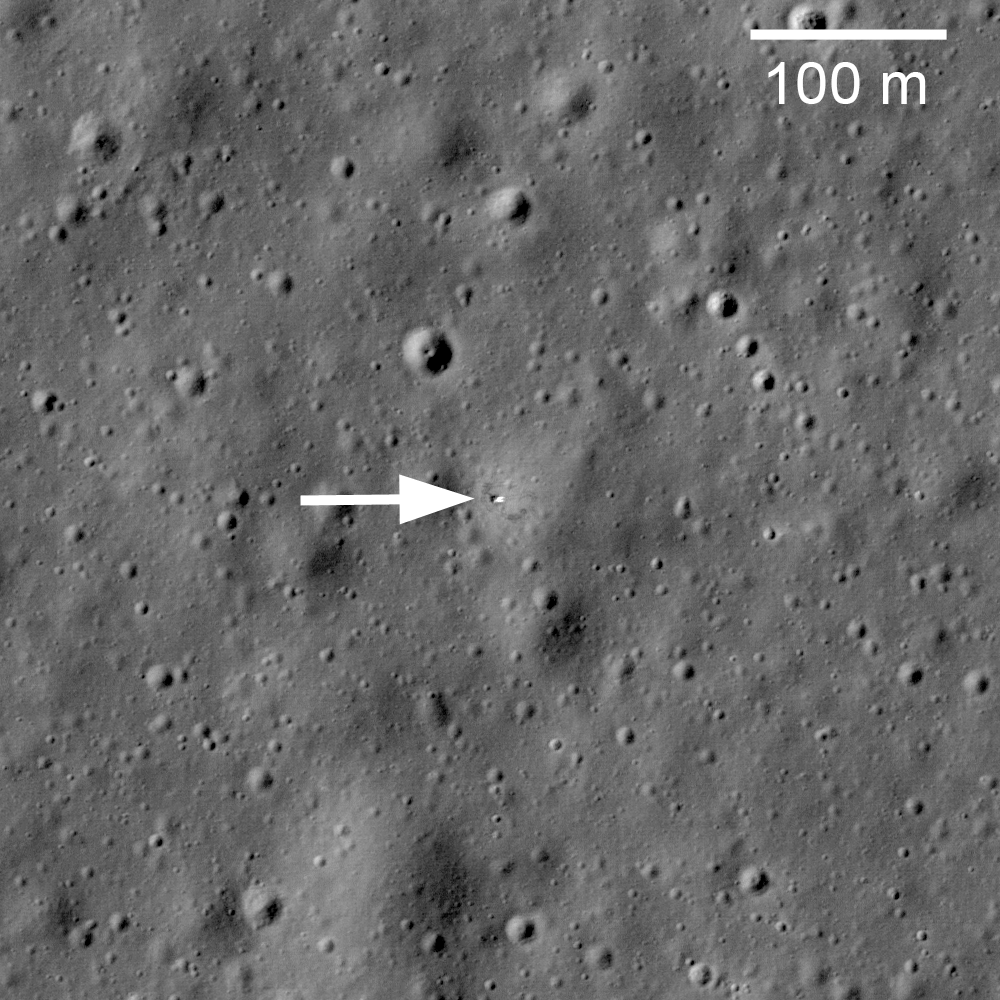
Soviet Union Lunar Rovers
Soviet robotic lander Luna 17 still sitting on Mare Imbrium where it delivered the Lunokhod 1 Rover in November 1970, LROC NAC Image M114185541RE [NASA/GSFC/Arizona State University].
Published on 17 Mar 2010
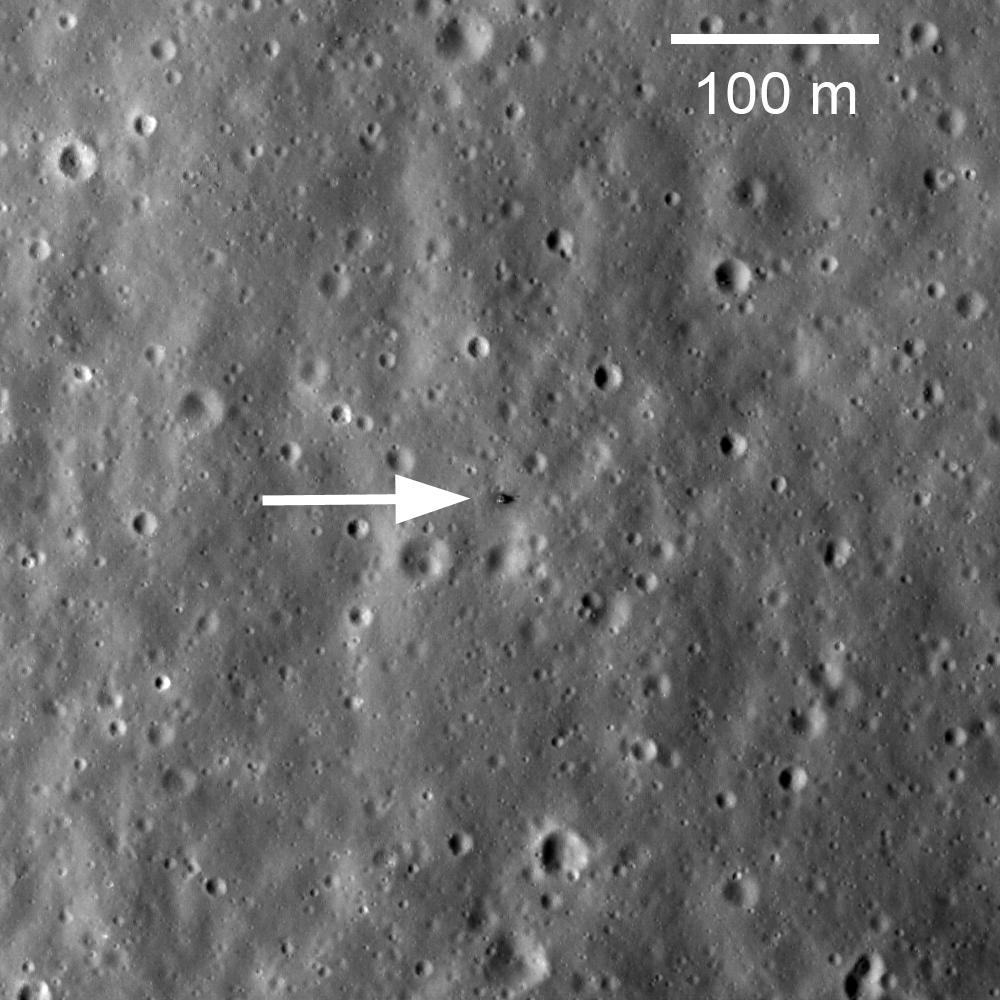
Soviet Union Lunar Sample Return Missions
On February 21, 1972, Luna 20 soft landed in the rugged highlands between Mare Fecunditatis and Mare Crisium. The next day a sample return capsule blasted off carrying 55 grams of lunar soil. The Luna 20 descent stage still sits...
Published on 15 Mar 2010
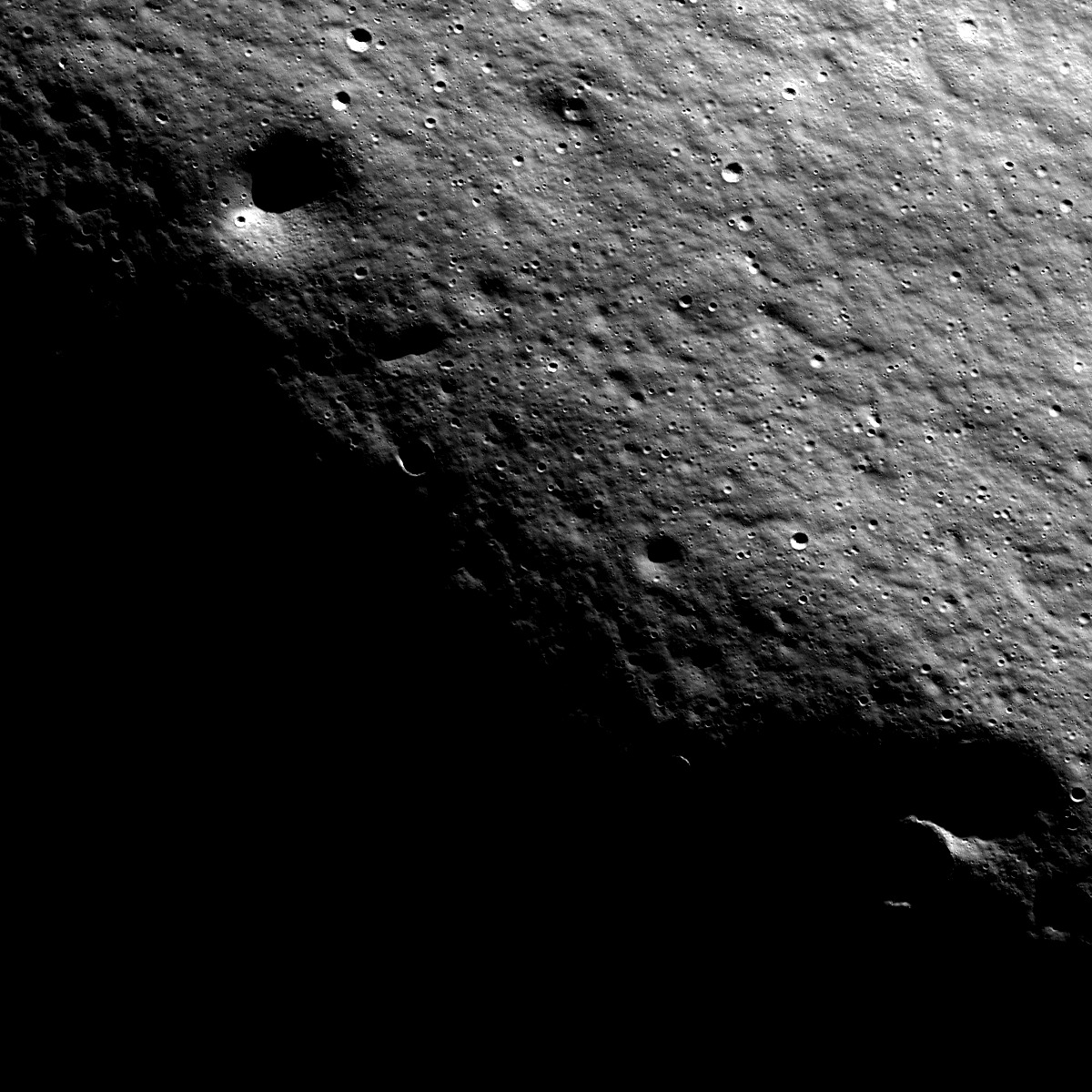
Near the Summit of Malapert Mountain
The lunar highlands exhibit rhythmic patterns thought to result from slow, downslope creep of the loose regolith (soil). These subtle patterns are most easily seen when the Sun is low to the horizon. Image is 2400 meters wide, north is...
Published on 22 Feb 2010
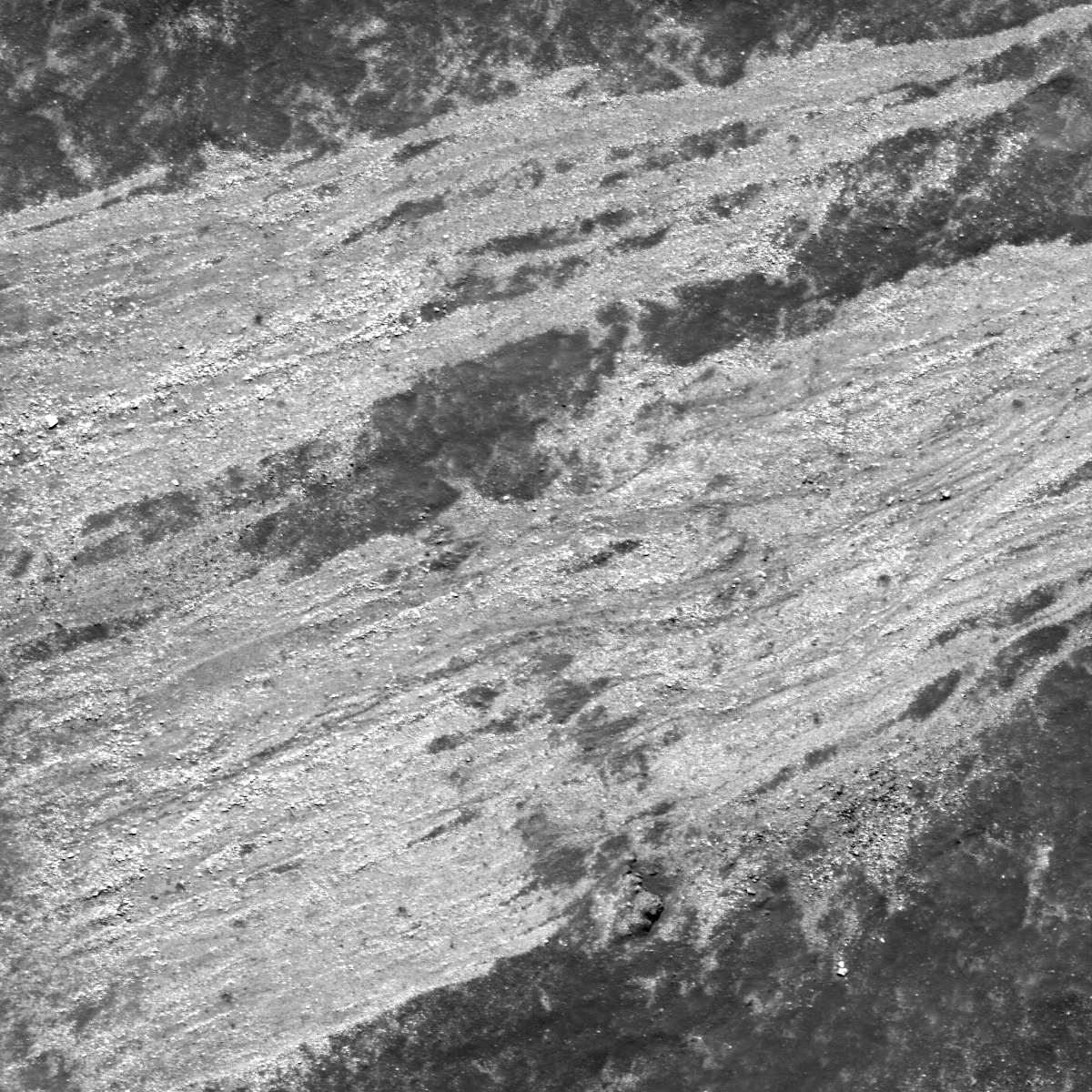
Moon or Abstract Expressionism?
Seeing small areas of the Moon at 50 cm per pixel often presents unexpected views, and sometimes it is hard to interpret the geology at first glance, much less what is up and what is down! What are the white streaks? How did they get...
Published on 22 Dec 2009
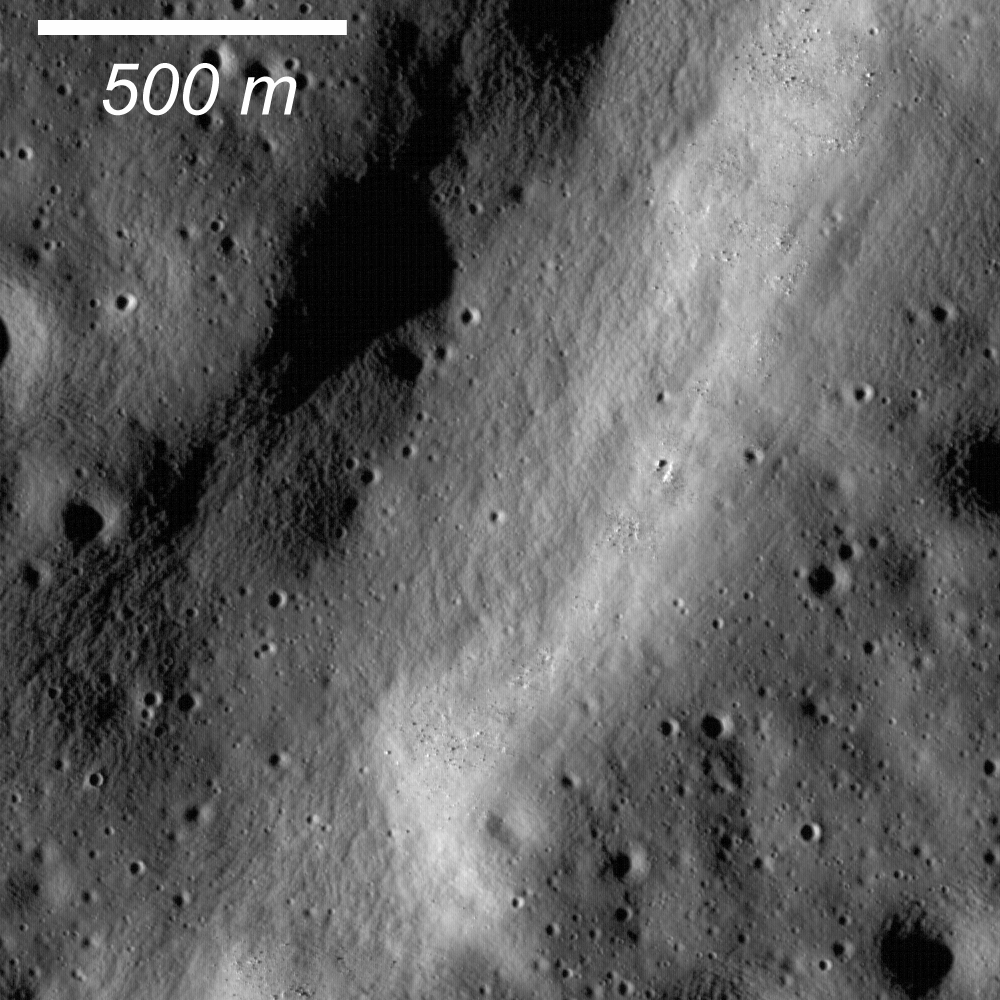
Pull Apart - Grabens
Graben are common extensional features on the Moon as well as the other terrestrial planets and icy satellites. This graben (700 m wide) formed within a larger graben (1700 m). Illumination is the from the left (NASA/GSFC/Arizona State...
Published on 16 Dec 2009
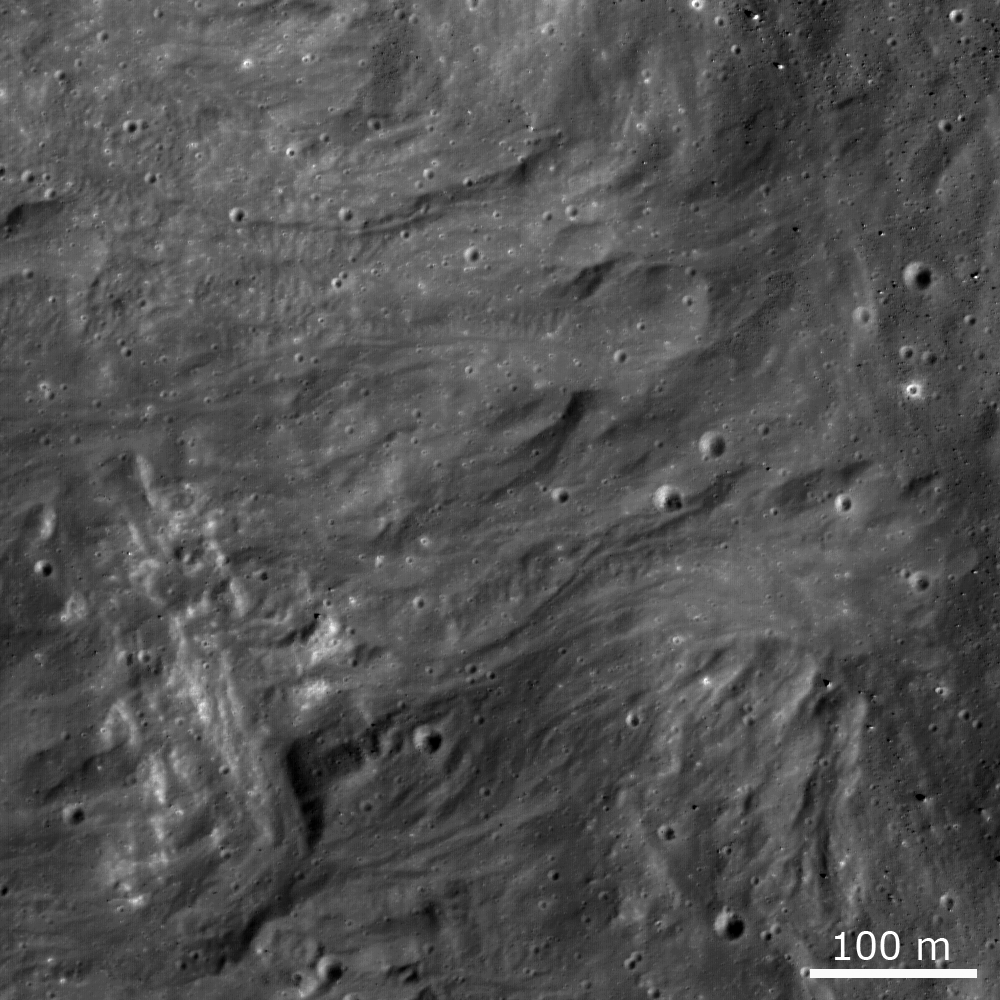
Impact Melt Flows on Giordano Bruno
Frozen impact melt flows on the ejecta blanket of the young impact crater Giordano Bruno (22 km diameter). The image is about 600 m across and the flows are about 50-100 m wide (NASA/GSFC/Arizona State University).
Published on 15 Dec 2009